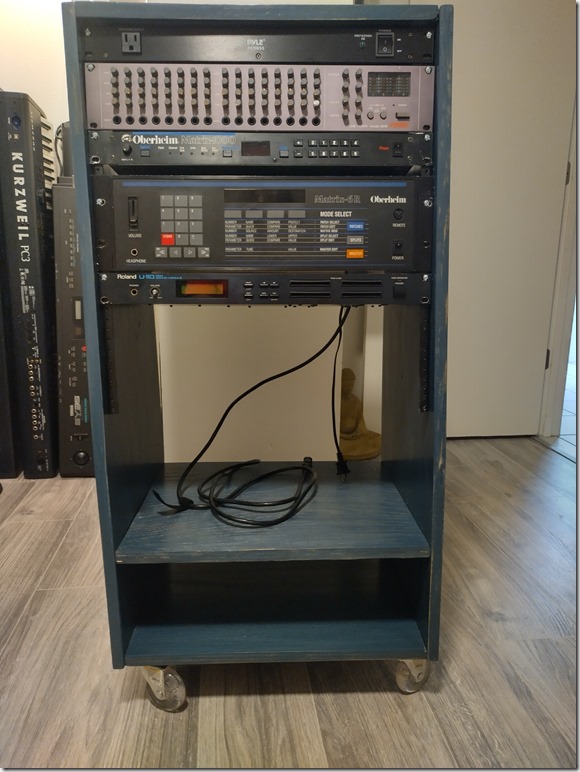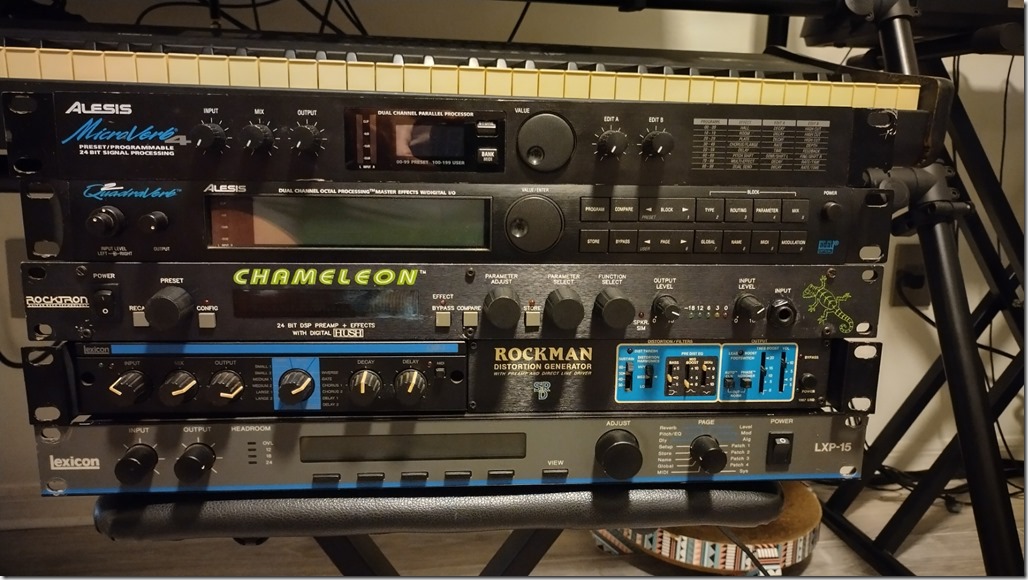So it’s been a number of years that I feel I’ve just been hibernating, just running out the clock. I’m finally just getting around to making a concerted effort to undo that. Make a new start. Reboot.
If you dig far enough back in this blog, you’ll find a pretty low point in my life where it didn’t seem like the next day was worth getting to. That was when social media was in its infancy. in today’s social media, I’ve learned that you shouldn’t make pronouncements like that online, at least not in real time. It’s just a big bother for everyone. And while I don’t have anyone in my life that would follow me to such a degree, it’s still never a good thing to just bring everyone down. Kinda like a Green Day sentiment, ya know.
So anyway, I did have another one of those moments a while ago – many years ago, and it was many years in the buildup as well. And it was coinciding with the quality of my health at the time. I had been keeping up with my annual Dr visits and each time was warned of my condition, but I refused to take any action on it. The turning point was when the doc started asking some pointed questions, and every time I answered he’d make a big huge checkmark on his notepad. Come on, doc, I see what you’re doing. I know these questions.
So he suggested a drug to help me. And just like every other drug he told me I should be taking for my health, I resisted. "I will never accept being on a maintenance medication." He kept insisting and reasoning with me, and I caved. Not really caved, I literally gave up. I said, whatever. I don’t care about anything anymore, why should I care about taking some medicine? It’s going to be over soon anyway.
And here’s what I meant. For a number of years, I was 100% convinced I would be dead before I hit 50. Absolutely sure of it. As the date drew closer, I was making plans. I have all my affairs in order. Everything that someone would need to know in my absence was recorded. And had the date passed without realization, well, I could remedy that.
(obviously I’m still here, 4 years later)
So I go on this SSRI med, and I get a combination of other meds for my issues. Let me give you the honest truth about my experiences since that change. First, the SSRI drug was like magic. Not in the sense that it made me feel better – I did not immediately feel better and I never did while I was on it. What it did do is eliminate "that thought". And that part is completely magical to me. How, of all my thoughts in a day, could it just remove that one? I could think about it actively if I put my mind to it, but it had no emotional effect on me. It’s unbelievable.
So, then, all’s well? Not at all. I wasn’t any happier and I knew I was an emotional zombie. I had no lows, but also no highs. Nothing meant anything to me. And I suppose this was just fine while my thoughts kind of reorganized themselves. But after a couple months, I was sick of it and told the doc I wanted to wean off of the drug. I had what are termed "brain zaps" while dosing down and that’s an unexplainable sensation. But my thoughts have remained relatively clear ever since. A success story?
Well… when you spend so many years planning your end and that has been taken away from you, and the treatment and cessation of the treatment for that condition has not made any changes to your day-to-day mood and attitude, life is still a chore. For a long time, I’ve been referring to my life as "playing on extra credits", harkening back to arcade games where you are given extra play time for some success, but once that’s gone, the game is done. I’m not making any long term plans, I’m not empire building, have no plans for a relationship, have no plans for anything, really. As I said, running out the clock.
But now, I’m actually beginning to see a little into the future. It’s not sunlight and roses, but I’m starting to see that this extra play could go on for a while. And part of the realization with that is that the game is actually easier than I thought it was. I have no responsibilities, my expenses are low and stable, and I’ve got a lot of time to use. If I choose to spend that time doing nothing, that’s ok. If I choose to go out into the world and be pleasant and interactive, that’s ok, too. There are no longer any expectations for me other than what I set for myself. And that’s always been true, but when you’re in a relationship, you have to compromise and work together. Not that I’ve been in a relationship for many years, but I somehow forgot that.
And now it’s baby steps trying to get back to the (at least) pleasant, approachable person I used to be. I’m feeling a bit embarrassed about being so morose and withdrawn all the time. I’m still of the mindset that every acquaintance is a potential anchor and I guard my freedom and privacy zealously, but, you have to reach out to make a connection, right? I’m still pretty confident in my ability to identify compatible people. I don’t know, maybe I can sense auras. But I let a number of people slip by because I didn’t feel it was worth the effort.





